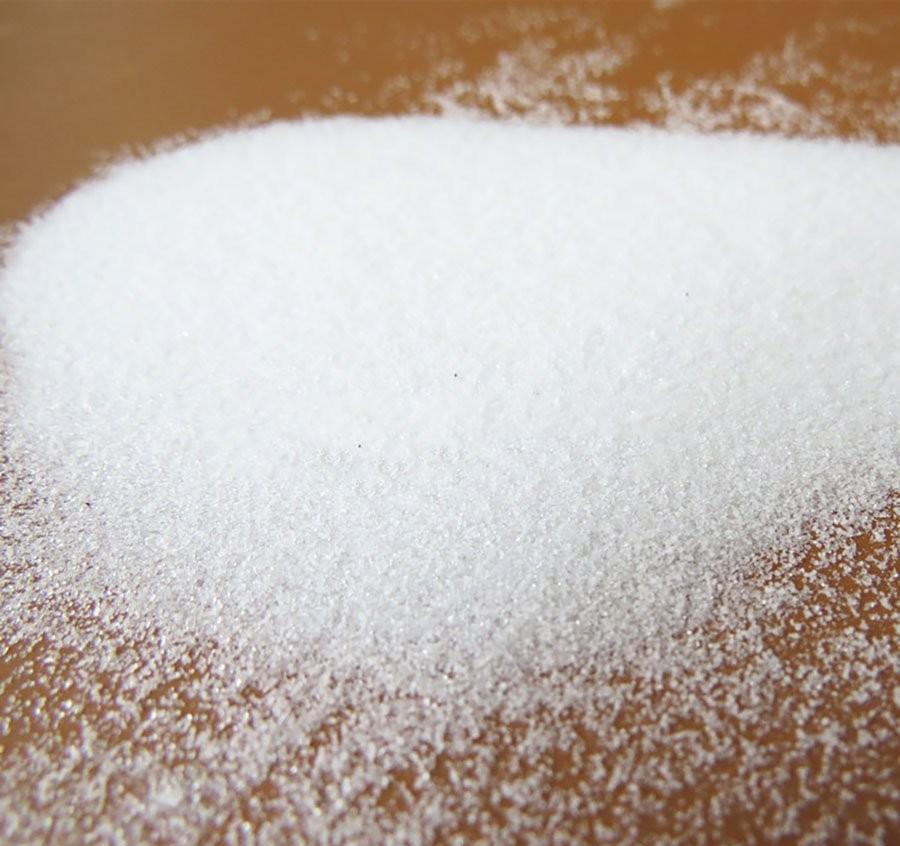If the bee colony has an accident in the cold winter and needs help, the bee colony can be fed dry white sugar, but since there is no relevant scientific conclusion to verify the pros and cons of dry white sugar feeding bees, there is a lot of debate among beekeepers about feeding dry white sugar. This article describes how bees digest dry sugar in winter and how to feed dry sugar to provide free choice for beekeepers.

People with experience in dry sugar feeding can prove that bees can consume sugar in winter to replenish energy, which is no objection. Feeding dry sugar in the low temperature season has obvious benefits, when the temperature is low, direct feeding syrup needs to be checked often and unboxed, it is easy to freeze to death, frostbite bees, and feeding dry sugar does not have to check the bee colony frequently, nor do you need to worry about the nest without feed and make the bees hungry, just supplement the dry sugar regularly.
Have beekeepers said that feeding dry sugar in winter does not cause bees to be hungry and thirsty for water? Understanding how white sugar is eaten by bees should not have this doubt.
In the low temperature season, for the effective feeding of bees, dry sugar needs to be wet on the surface of the dry feed, and dry sugar needs to be placed above the bee colony, because the warm air on the bee colony can dissolve the surface of the dry feed.
Second, bee breathing also causes natural air convection in the hive.
In winter, especially in the middle hives, a large amount of water is often found flowing out, most of which is produced by the bee's breathing. The moisture produced by the bees' breathing rises with the warm air and condenses on the surface of the dry sugar, forming a thin and sticky sugar water film, and the bees consume the white sugar from the dry sugar surface layer by layer; as the upper sugar film is consumed, the moist air will dissolve the dry sugar on the next surface, and so on, until the bee eats all the sugar.
The dry sugar feeding position can only be up and down, and cannot be placed in the lower part of the hive, such as on the bottom plate. Because the base plate position is very cold, it is not suitable as a feeding position for bees. In winter, bees congregate in relatively warm areas, with the warmest area of the hive just above the center of the hive, and sugar placed on a colder base plate, which means that bees need to run the risk of freezing to death to replenish food.
Of course, from the perspective of bee feeding habits, bees like liquids, and beekeepers are more inclined to supplement liquid sugar water, but this does not mean that bees cannot eat white sugar, especially the practice of bee theft has proved that feeding dry white sugar in special periods is lower than the risk of feeding sugar water, and the effect is better.
Article source: Dr. Bee APP